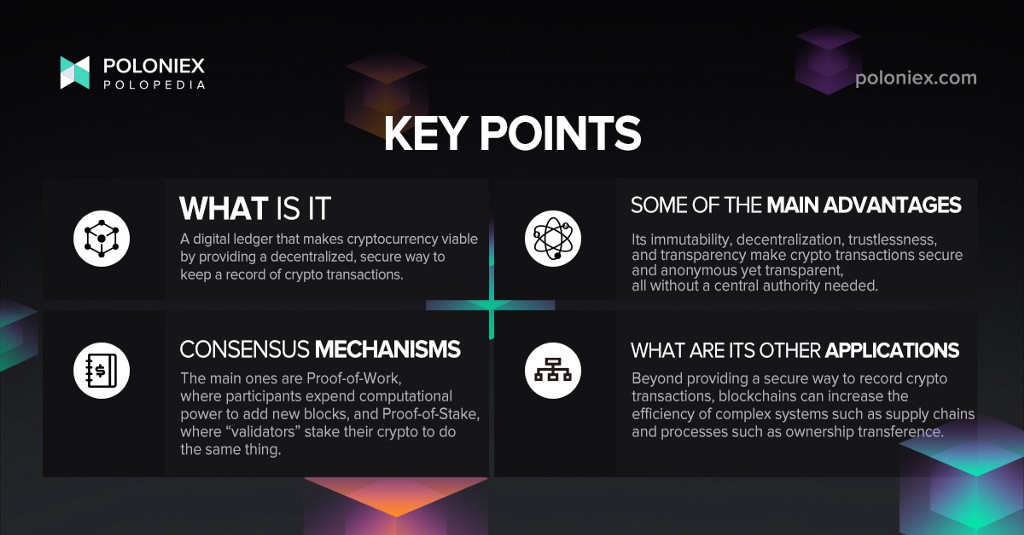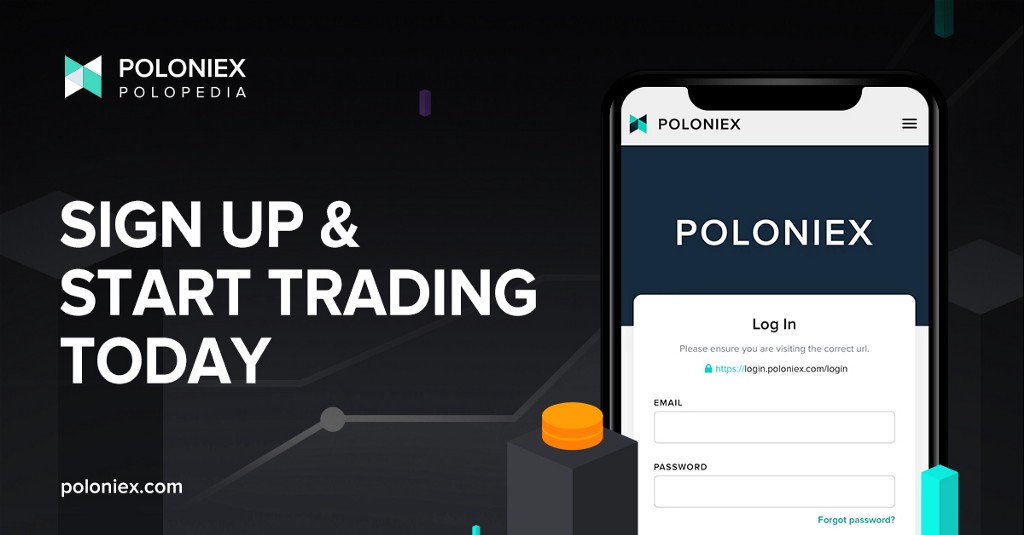
What is it? How does it work?
Think of a ledger- a record that keeps track of all the transactions that a person or business might have. It’s very important for this record, that keeps track of inflows and outflows of currencies and assets, to be secure so that said business’s activity remains trustworthy.
The blockchain is a digital ledger that allows users to transfer money or assets (in the case of NFTs). Why is this useful, especially if we look at it in comparison to traditional finance systems that we use to transfer fiat currencies? For starters, the blockchain is secured by a large network of computers that ensure that every transaction is validated, meaning it is a trustworthy and viable, non-centralized alternative to traditional financial services. Adding to this, it allows for instantaneous settlement of transactions without the middlemen involved in its traditional counterpart, making it cheaper and faster.
Utility
Immutability
The blockchain is designed such that multiple computers are tasked with performing complex computational tasks in order to verify the same transaction and come to a consensus (keep the word “consensus” in mind as we’ll be talking a lot about different consensus mechanisms in the future). Because a lot of computers work together to verify blockchain transactions, it means that it would take a lot of computational power to provide false information and change the record on the blockchain, which means that 51% attacks are much less likely to occur.
Decentralization
As mentioned before, the blockchain is secured by a network of computers rather than a singular entity. With consensus mechanisms in place such as mining, as is the case with Bitcoin, miners are economically incentivized to be good actors. And because it is up to the network, there is no central authority to take a cut of users’ crypto transactions.
Trustlessness
Because the blockchain allows for a system whereby users can be sure that transactions are legitimate without the sender or recipients having to “trust” the other party, there is no need for a central authority to conduct such verification services.
Transparency
…and because the whole system is trustless and decentralized, the record (still anonymous) is open for everyone to see and thus scrutinize, further increasing the security of blockchain transactions.
Consensus Mechanisms
Referring to how a network of computers is able to come to an agreement about the state of the network, consensus mechanisms are responsible for providing a blockchain its trustworthiness and security. Now, we could go into all the different types of consensus mechanisms, and we will! But for now, we’ll briefly cover the two most popular ones: Proof-of-Work and Proof-of-Stake.
Proof-of-Work
The first and most popular mechanism, Proof-of-Work (PoW), requires a network of computers to basically compete to solve a complex math problem in order to win the right to add the next block to a blockchain and receive crypto in return. This requires such a large amount of computational power that it becomes extremely difficult for someone to tamper with the blockchain. The Bitcoin, Ethereum and Horizen blockchains use Proof-of-work.
Proof-of-Stake
The next most popular mechanism, Proof-of-Stake, employed by blockchains such as the Cardano, Polkadot, and So lana blockchains, requires coin owners to stake their crypto as collateral to verify transactions. These coin owners, known as “validators”, are selected randomly to verify transactions and receive a reward. The requirement to own a certain amount of the staked crypto disincentivizes would-be attackers. The advantage PoS has over PoW is that it takes much less computational power to append blockchains.
Origins
The blockchain, or maybe more accurately the concept of the blockchain, began with something called the “Genesis Block. The “Genesis Block” is the record of the first Bitcoin (BTC) ever mined- in other words, the first Bitcoin transaction ever verified.
The person or group that invented Bitcoin, Satoshi Nakamoto, laid out the concept of blockchain technology in the Bitcoin whitepaper, which at its most basic level, advocated for a decentralized and secure digital payment system.
Use cases and future
When considering how blockchain technology might be used, it’s helpful to think of events and processes we encounter in our lives that have the need for careful record keeping and those that involve complex transaction processes.
There are countless use cases for blockchain technology that extend far beyond digital payments. For instance, because of its attributes of instant settlement and immutability, blockchain is a rather elegant solution to the inefficiency of the recording of supply chain data. The supply chain, especially in recent years, has proven to be a rather unwieldy process. One that is both inefficient and yet of high importance in our lives. With blockchain technology, supply chain records can achieve transparency and immutability, making the process more secure and resistant to disruptions.
Another interesting application is ownership transference. We can take real estate as an example. When talking about transferring ownership from one entity to another, the traditional process is a costly and lengthy one, with multiple intermediaries tasked with verifying information. With blockchain technology, and something called a “smart contract”, which we will discuss in future articles, ownership settlement happens instantaneously and without the need for multiple other interstitial parties.
And this is just the beginning! Every day, people are coming up with new uses for blockchain technology. Some you may have heard of, such as NFTs and the metaverse, and others maybe not so much, such as Web 3.0 and Financial NFTs. The world of blockchain technology is truly a vast one, and one that grows more vibrant every day. And Poloniex is here to cover this world, from its most fundamental concepts to its newest and hottest trends.

Feeling ready to get started? Sign-up is easy! Just hop on over to https://poloniex.com/signup/ to start your crypto journey🚀
was originally published in The Poloniex blog on Medium, where people are continuing the conversation by highlighting and responding to this story.

